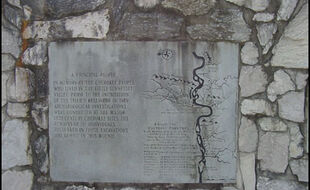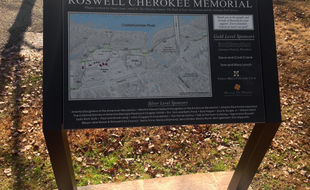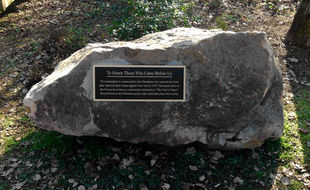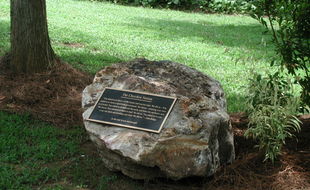Cherokee




In 1830, Congress passed the Indian Removal Act. David Crockett, Tennessee Congressman, and many others opposed the bill, yet it passed by one vote. This act displaced over 100,000 Native American Indians from 1838-1839. They were ripped from their ancestral homes in the Southeastern US and forced to move to a reservation 1,000+ miles away in modern day Oklahoma. Approximately 4,000 died on the routes. These routes are known as the Trail of Tears. Two of the paths passed through Giles County and Pulaski, Tennessee.



Vonore, Tennessee
Sequoyah was the creator of the Cherokee writing system. He was born in the 1770s in the Cherokee village of Tuskegee near the Tennessee River. While working as a silversmith, Sequoyah learned how to sign his name on his work. This was he came up with the idea for a Cherokee writing system. He worked for many years developing the characters. Sequoyah created 85 characters and each stands for a syllable in the Cherokee language. In 1821 the Cherokee Nation reviewed and adopted the syllabary. The syllabary is complete and no additions have been made.



575 Riverside Rd, Riverside Park, Roswell, GA 30075
The Roswell Cherokee Memorial is comprised of a series of plaques on rocks along the Chattahoochee River in Roswell, GA. These plaques tell the history of the Cherokee people and the story of their relocation through the Trail of Tears. This memorial is meant to honor the Cherokee who used to live in the area and to remember how they were affected by the Trail of Tears and relocation of Native American groups.
